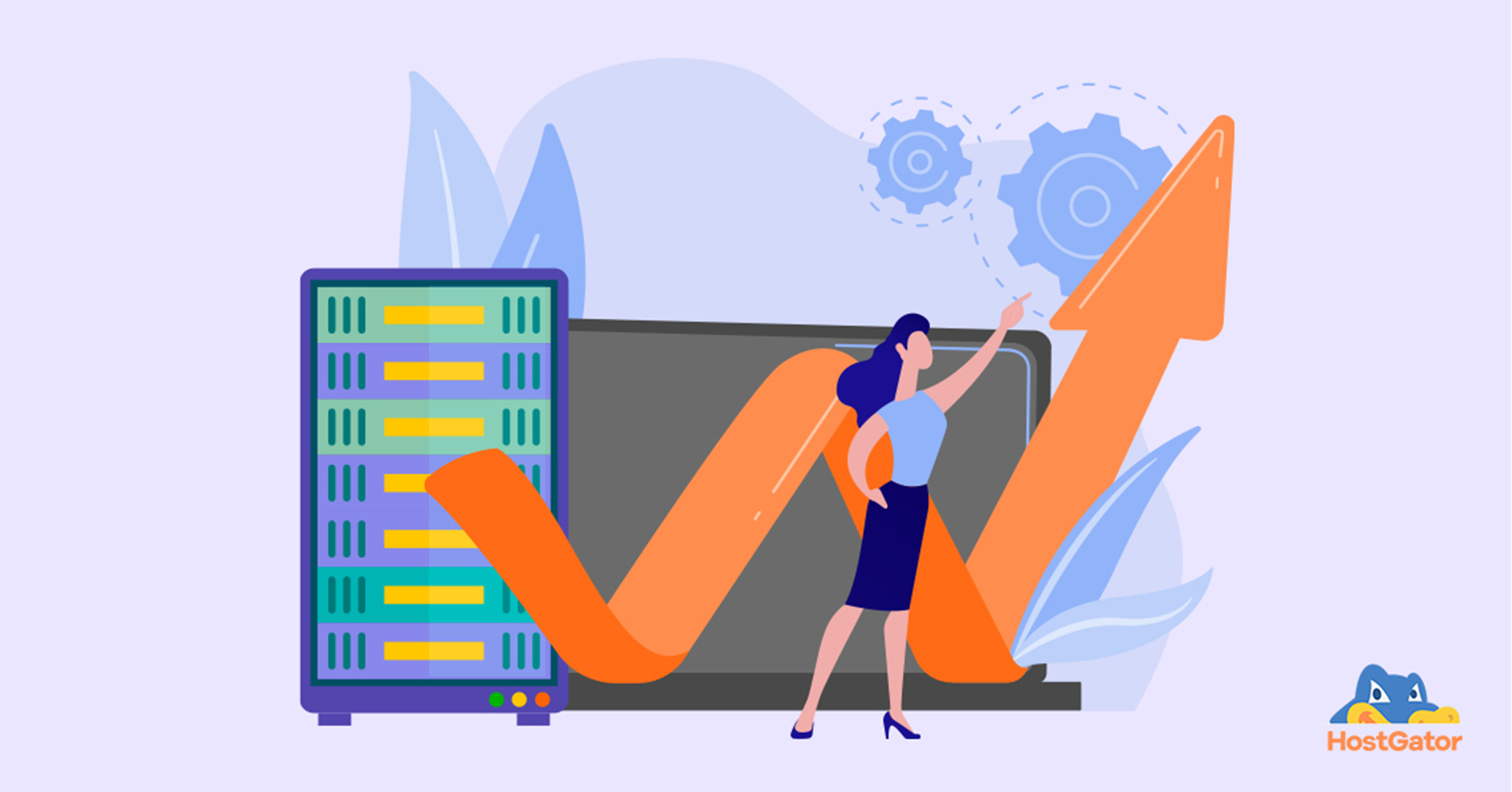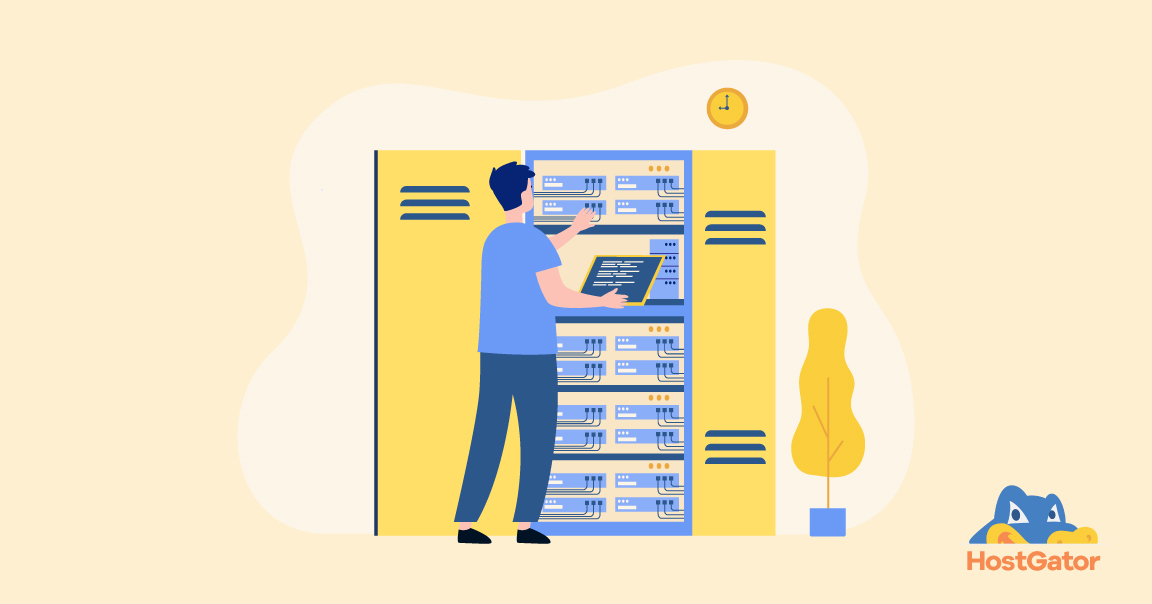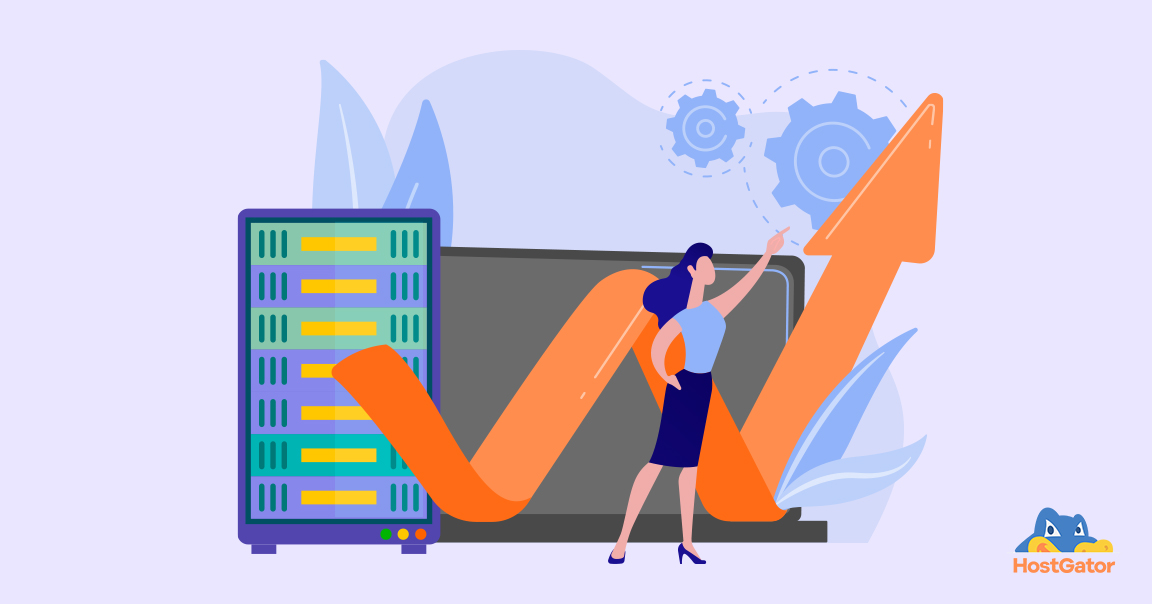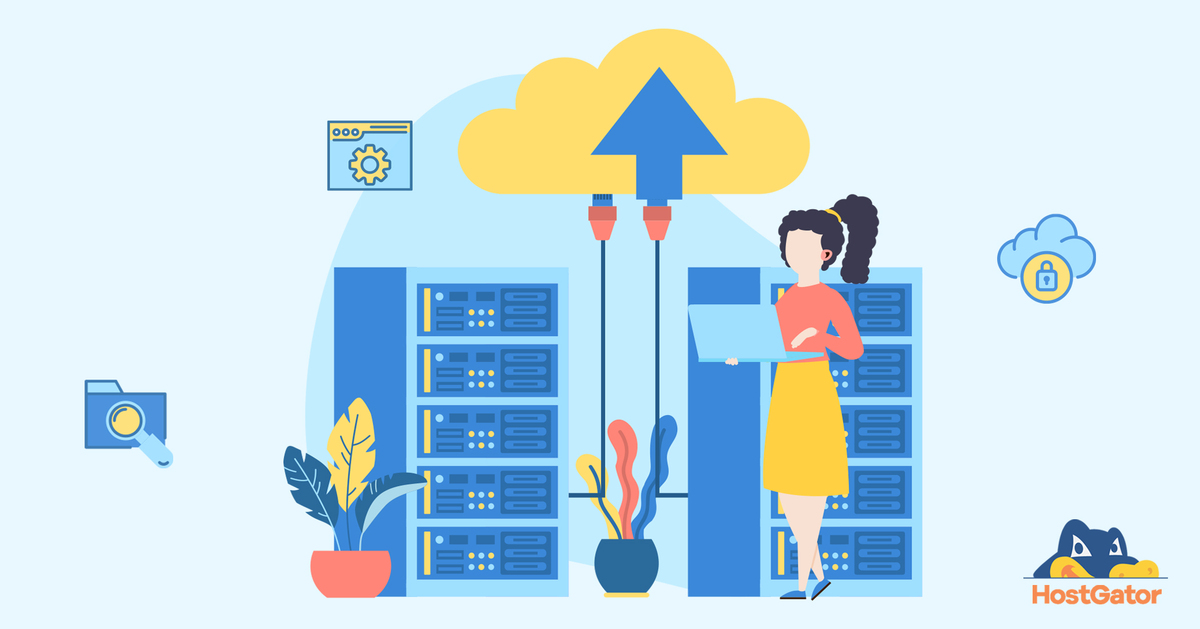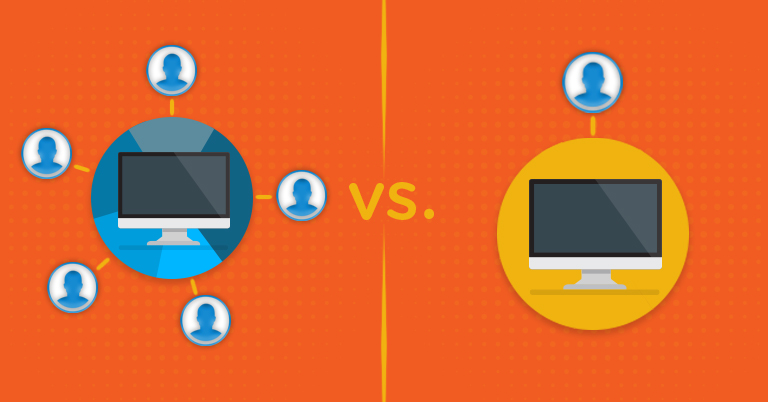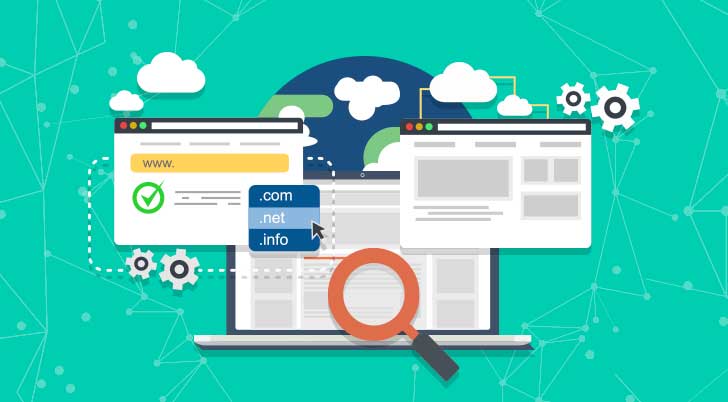In the world of web hosting, one tool stands out as a must-have: cPanel. This user-friendly platform has become the go-to choice for both individuals and businesses looking to manage their online presence with ease. But what exactly is cPanel and how can it transform your experience with VPS (Virtual Private Server) hosting?
What is cPanel?
A web-based control panel called cPanel makes website and hosting account management easier. With its graphical user interface, consumers can handle different parts of their web hosting without requiring a high level of technical expertise.
Consider cPanel to be your website’s primary command centre, complete with features and tools to help you better manage your online presence.
What is cPanel Used For?
Understanding what cPanel is used for is crucial for anyone involved in website management. cPanel offers a wide range of functionalities that cater to both beginners and experienced users. Here are some key uses of cPanel:
- Domain Management: cPanel allows you to easily add, remove and manage domain names associated with your hosting account. This includes creating subdomains, setting up domain redirects and managing DNS records.
- Email Administration: With cPanel, you can create and manage email accounts linked to your domain. This includes setting up forwarding rules, autoresponders and spam filters, all from one convenient location.
- File Management: With the use of cPanel’s user-friendly file manager, you can upload, download and arrange the files for your website right from your web browser. This feature is particularly useful for updating content or troubleshooting issues without the need for FTP software.
- Database Management: cPanel provides tools to easily build, edit and administer MySQL databases for websites that rely on them. This is essential for content management systems like WordPress or e-commerce platforms.
- Security Features: cPanel includes various security tools, such as SSL/TLS certificate installation, IP blocking and password-protected directories, to help keep your website safe from potential threats.
- One-Click Installations: With a few clicks, cPanel can install several popular apps and content management systems, saving time and effort in website setup.
- Backup and Restore: cPanel offers features to create backups of your website and restore them when needed, helping to protect your data and provide peace of mind.
What is cPanel Hosting?
cPanel hosting refers to web hosting services that come with cPanel pre-installed on the server. This type of hosting is popular because it simplifies many aspects of website management. When you choose the best cPanel hosting, you get access to all the features mentioned above, making it easier to manage your website without needing to be a technical expert.
Understanding VPS Hosting
Before we dive into using cPanel in VPS hosting, it’s important to understand what VPS hosting is. Virtual Private Server, or VPS, is a type of hosting in which a real server is split into several virtual servers, each of which acts like a separate server.
Websites that have exceeded the requirements for shared hosting but do not need a complete dedicated server are frequently chosen for virtual private server (VPS) hosting since it provides them with more resources and freedom.
cPanel VPS Optimised: What Does It Mean?
When you see a hosting plan described as “cPanel VPS optimised,” it means the VPS has been specially configured to run cPanel efficiently.
This optimisation can include pre-installed cPanel software, optimised server settings for better cPanel performance, regular updates to ensure compatibility and security and technical support specifically trained in cPanel on VPS environments.
How to Use cPanel in VPS Hosting
Using cPanel in a VPS hosting environment combines the power and flexibility of a VPS with the user-friendly interface of cPanel. Here’s a guide on how to effectively use cPanel in VPS hosting:
- Accessing cPanel: Once your VPS with cPanel is set up, you’ll receive login details for your cPanel account. You can usually access cPanel by typing your domain name followed by “/cpanel” in your web browser (e.g., yourdomain.com/cpanel).
- Familiarise Yourself with the Interface: Take some time to explore the cPanel interface. It’s typically divided into sections like Files, Databases, Domains, Email, Metrics, Security and Software.
- Managing Domains: Use the Domains section to add new domains, set up subdomains, or manage domain redirects.
- Setting Up Email Accounts: You can set up forwarders, spam filters and new email accounts under the Email area. This enables you to link business email accounts to your domain.
- Uploading and Managing Files: Use the File Manager to upload your website files, create new folders and organise your content. You can also edit files directly through cPanel, which is handy for quick changes.
- Creating and Managing Databases: If your website uses a database (like most content management systems do), you can create and manage MySQL databases through cPanel. This is essential for applications like WordPress or online stores.
- Installing Applications: cPanel often includes Softaculous or another app installer, allowing you to install popular web applications with just a few clicks. This can save you a lot of time when setting up your website.
- Monitoring Resource Usage: Use the Metrics section to monitor your VPS resource usage. This can help you determine if you need to upgrade your plan or optimise your website.
- Implementing Security Measures: Take advantage of cPanel’s security features, such as SSL certificate installation, IP blocker and password-protected directories, to keep your website secure.
- Backing Up Your Website: Regularly use cPanel backup features to create backups of your website. This ensures you have a recent copy of your data in case anything goes wrong.
- Managing Cron Jobs: Advanced users can set up cron jobs to conduct tasks automatically at defined intervals in cPanel. This can be useful for maintenance tasks or regular updates.
Conclusion
cPanel is a powerful tool that simplifies many aspects of website management, and when combined with VPS hosting, it provides a flexible and scalable solution for growing websites. By understanding what cPanel is, what it’s used for and how to use it effectively in a VPS environment, you can make the most of your web hosting experience.
Get the best VPS with cPanel hosting with HostGator! Enjoy the power and flexibility of a VPS combined with the user-friendly cPanel interface. Perfect for growing websites, our optimised solution simplifies management while delivering top performance.

